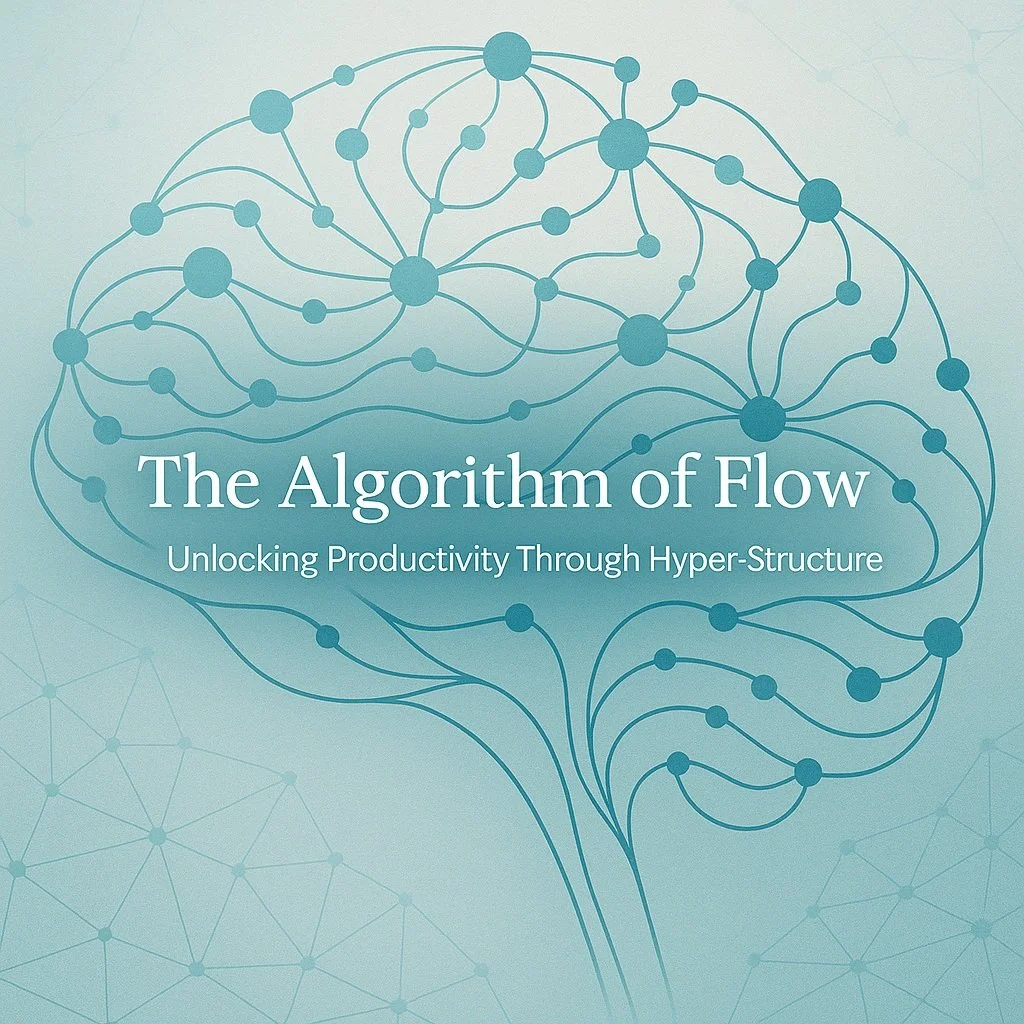Structural Compassion: The Design Principle for Success
We talk a lot about compassion in leadership—what it means to lead with empathy, to create supportive workplaces, to “be human” at work.
But compassion isn’t sustainable when the structures around it are collapsing.
The first time I set foot in a shelter, I was 20 years old. I remember the weight of my bag, the hum of the heater, the way the air smelled faintly of bleach and exhaustion. But most of all, I remember that the shelter was warm—but not compassionate.
And there’s a difference.
Compassion isn’t just about steady voices and reliable meals—it’s about being seen. And no one there had the energy to really see anyone. The staff were kind, but hollow-eyed; the other women staying there moved like ghosts through fluorescent hallways, clutching their paperwork and donated coats.
That was the first time I understood something I didn’t yet have language for: When the structure can’t sustain, compassion breaks down.
And when compassion breaks down, the structure soon follows—
and when structure collapses, everything else goes with it.
The lessons learned in this piece didn’t happen in a sociology class or a thoughtful workplace.
They happened in welfare offices with broken chairs and cold coffee.
Why Structure Matters
Most systems aren’t designed to be cruel. They’re just designed badly—built for control, not care—and left to stagnate and decay. (We do it this way because that’s the way we’ve always done it.)
This reduces lives to metrics, struggles to data, pain to a checkbox. A painful fact that’s happening everywhere—from public programs to corporate offices.
But we, the few, can’t possibly tackle this massive, systematic lack of compassion.
Can we?
Build our own?
I think we can. Moreover, I believe that from those tiny systems of care, those rituals of survival—those small acts will become the scaffolding for something larger.
A world where equity and compassion don’t just survive, but shape the design itself.
Here’s Why
When someone on your team is fighting for a roof over their head, all their energy is already spoken for.
Real workplace compassion isn’t free coffee or an inspirational Slack message.
It’s structure-deep. It’s policy that understands housing insecurity, disability, and caregiving are not “personal issues”—they’re systemic realities.
Ask yourself:
Policy, not just pay. Does your compensation align with the cost of living? Do your benefits account for the real price of survival?
Curiosity, not discipline. When performance dips, do you punish or ask what’s happening beneath the surface?
Partnership, not pity. Does your leadership advocate for affordable housing, invest locally, or do they normalize talking about instability without shame?
Because when compassion is denied, every other system—including the workplace—is compromised.
This isn’t a soft skill.
It’s a design principle.
Proof of Concept
I’ve been lucky enough to work somewhere that gets this right; a space that doesn’t demand resilience as the price of belonging and leadership understands that people can only show up fully when they’re not fighting to survive.
At my company, support isn’t reactive; it’s designed. Compensation actually matches the cost of living. Time off is flexible enough to account for real life—the kind that includes caregiving, grief, and starting over. Mental health isn’t a checkbox on an HR form; it’s part of the operating system.
That kind of design doesn’t just help people stay afloat—it gives them room to rebuild. And when people can rebuild, productivity doesn’t just rise; trust does. Engagement does. Innovation does. Because stability frees up the energy that fear used to occupy.
This is what structural compassion looks like in practice. It’s not charity. It’s strategy. It’s what happens when leaders build workplaces that are strong enough to hold the full weight of being human.
Actionable Compassion: Building the Framework
This shift—from reactive kindness to proactive design—is the most necessary work. It requires us to move past the comfortable idea of compassion as a soft skill and see it as a non-negotiable component of our architecture.
Here is a framework for starting to build a compassionate structure, broken down depending on your role and sphere of influence.
The Personal Design (For Colleagues and Managers)
You don’t need a corner office to start architecting a better system. Structural compassion begins with a single design principle: Assume the best, design for the worst.
Design for the Messy Middle: Look at your team's existing processes for time off or covering shifts. Are they efficient only when everything is going perfectly? Create a simple, documented plan for cross-coverage or a clear contact list. That simple act of documented redundancy is a design for compassion.
Action over Blame: When a teammate misses a deadline or their work dips, your first question should never be punitive. Instead of "Why is this late?" or "What went wrong?" try: "What do you need to stabilize this right now?" This shifts the focus from fault to function, creating a framework of support.
The Policy Design (For Leaders and Founders)
If you hold the power to influence policy, your final question must be: Are our supports built for inconvenience or for collapse?
The Compensation Principle: Do a full audit of your entry-level salary and benefits. Does it comfortably meet the local Living Wage—not the minimum wage? Audit your benefits package to ensure it removes financial barriers to care (e.g., mental health access).
The Advocacy Principle: What is your company doing to solve systemic problems outside its walls? Structural compassion requires you to acknowledge systemic failure. That means investing locally, supporting affordable housing initiatives, or providing paid time off for employees to engage in civic duties. Your external actions are part of your internal framework.
A Final Thought for Leaders
Structural compassion is the most critical infrastructure investment a leader can make. The question isn't whether you can afford to design a system strong enough to hold your people; it's whether you can afford the catastrophic cost of a system designed to fail them.































For decades, I lived inside a storm I couldn’t name. A restless mind. A body always braced. A heart that felt heavier than it should. I blamed myself. I blamed circumstances. I worked harder, tried harder, forced myself into routines that never stuck. I spent years believing I was simply too much and not enough at the same time.
Then, a diagnosis reframed everything.